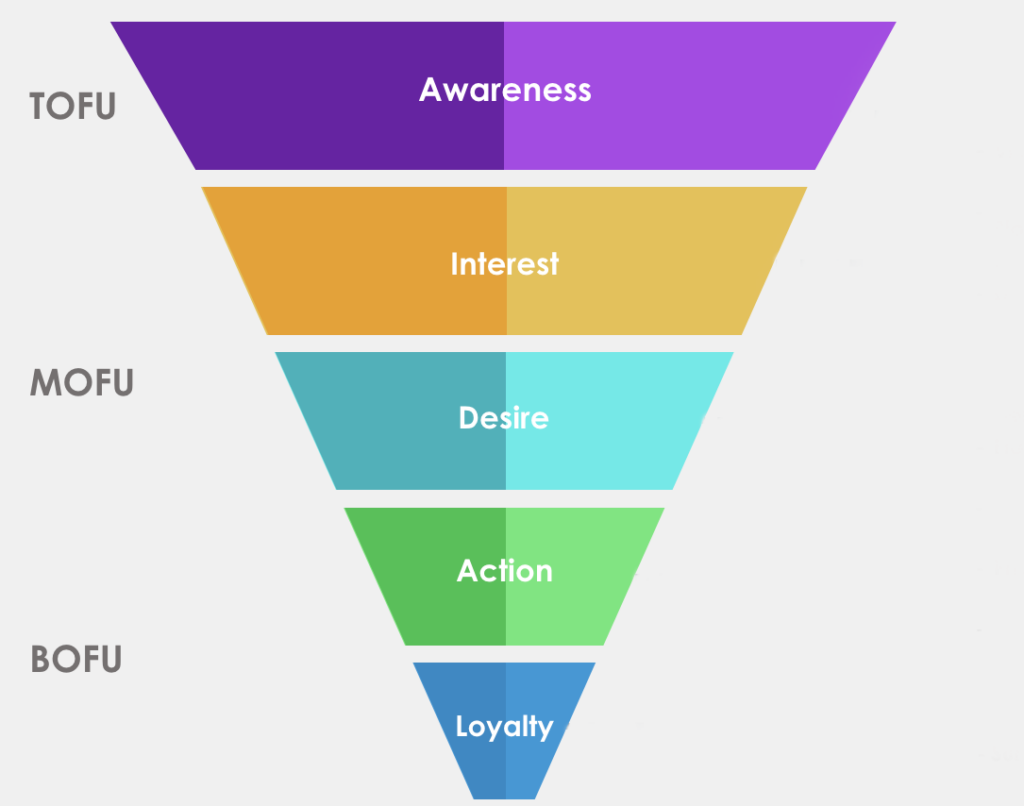Understanding the best types of content to use for the different stages of the marketing funnel will help you leverage your content and target the right audience at the right time. The content you need for top of funnel awareness should enable you to generate good-quality leads. On this page, find out how to create the type of content that builds awareness for your brand or product and a pipeline you can nurture through the customer journey.
What is the marketing funnel?
The marketing funnel is otherwise known as the AIDA model (which stands for Awareness, Interest, Desire, and Action), and is a linear and logical approach that was originally developed for personal selling. When viewed through the modern lens of digital marketing, this model enables us to focus on the different types of content that appeal to potential customers at various stages of the funnel. The awareness stage, or the top of the funnel, is the broadest part, and that’s where you need to cast a wide net to attract as many potential customers as possible.

How does content relate to the marketing funnel?
The marketing funnel is sometimes also called customer or buyer journey. As you go through the journey from becoming aware of a product to making a purchase, you tend to look for different information or proof points.
Let’s take an example. Say you need a new desk for your home office. When you decide this is something you need, you’ll probably go online and research your different options – colors, styles, add-ons, etc. At this stage, the top of the funnel, you’re just looking for information. You might read articles like “The 10 Best Desks for your Home Office” or “Traditional vs. Standing Desks.” During your research, you come across a desk you really like the look of.
You’re interested in it, sign up to the company’s newsletter, and you move into the next phase of the funnel. You start looking in detail at this particular desk. You might watch a product comparison video, read reviews, and check measurements. Watching videos and reading reviews can also create the desire to purchase.
You’re ready to buy. All you need is to be tipped over that point to purchase – the content you consume at this point should be persuasive. Maybe that’s through a compelling call to action, or the right offer that’s sent to you at the right time.
As you can see, each stage of the marketing funnel requires different types of content. This is evidenced by some pretty strong Hubspot statistics:
- Top of funnel awareness – about 76% of marketers rely on organic traffic as the true measure of success in generating awareness as organically-generated leads are more likely to convert into customers, and 49% of users say they use Google to look for new products
- Middle of funnel interest and desire – 80% of marketers have reported an increase in email engagement over the past 12 months
- Retention – loyalty to a particular brand is directly related to quality. About 66% of customers say that the features, design and quality of a product or service are leading factors for brand loyalty
Content ideas for top of funnel marketing
The main focus for top of funnel marketing is to create brand awareness and attract the attention of your target audience. Your main objective will probably be to drive traffic to your website, where you might want them to sign up for more information.
Some of the most common and effective content ideas for top of funnel marketing are those that can be leveraged for wider reach. The best types of content for top of funnel awareness include:
- Blogs and landing pages – optimizing your online platforms for SEO is one of the most common ways of attracting your target audience while they’re at the top of the funnel. That means creating great landing pages and blog posts that are full of information that’s useful and relevant for your target audience, and making sure they work hard for you in terms of generating leads. It also means being consistent in posting new content, so there’s always something new and fresh on your website.
- Social media marketing – social media marketing can be an effective tool for creating awareness for almost all businesses, and comes with the added bonus of more versatility, freedom, and the opportunity to be less formal and a little more “human”.
- Video content marketing – videos are hugely powerful. In fact, they can help boost conversion rates on landing pages by 80%, increase email open rates by 19%, and help consumers make a purchase decision.
- Digital advertising – advertising online, for example with Google Ads, paid social media, and remarketing, is a direct and straightforward way of promoting brand awareness and reaching your audience quickly. You can be highly targeted about who sees your ads, and a tandem advertising and search engine optimization approach can be even more effective in creating brand awareness.
- Influencer marketing – when you hear the word “influencer” you might think “celebrity”, but that’s not necessarily the case. Influencers are simply people who have the potential to affect, inspire, and motivate others with their opinions, associations, or endorsements. When done right, working with influencers gives you immediate access to a ready-made target audience, builds credibility for your brand, and means you can co-create unique content.
Need support for your content marketing? Let’s chat.


